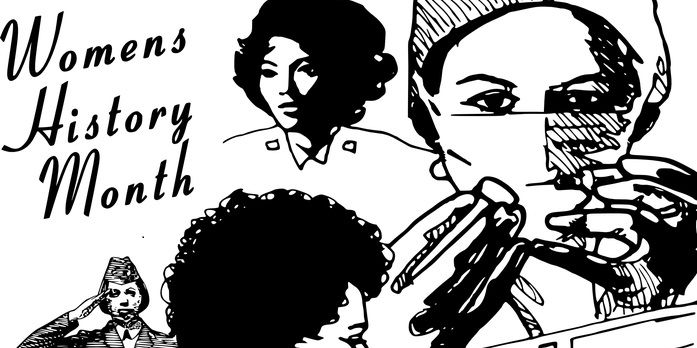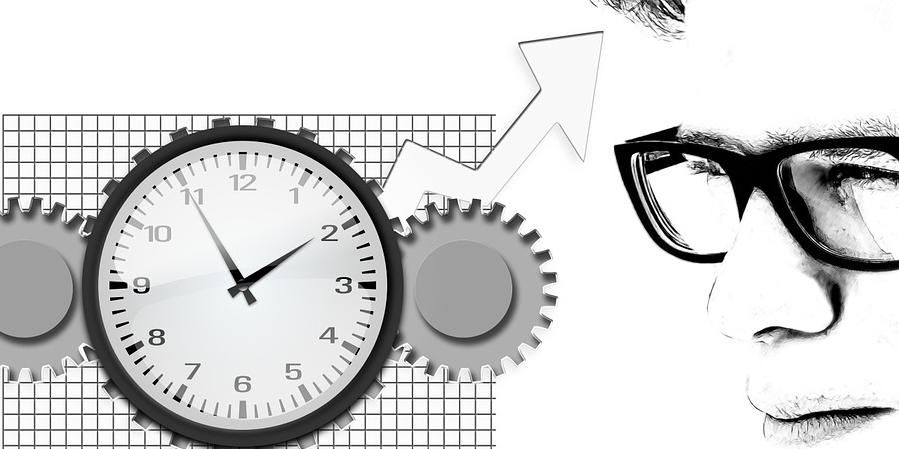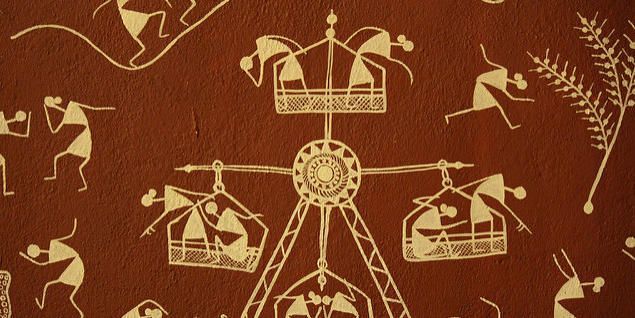Measure Backwards, not Forwards
We frequently use the future to gauge our success. We make objectives. We set goals for our advancement. In essence, we make some effort to forecast the future. We act in this way in our careers, our health, and our general lives. Is it possible for us to make twenty percent more per quarter? I have three months to shed twenty pounds. By thirty, will I be married? Every measurement in this list faces forward. We try to predict when we will arrive somewhere by gazing into the future. There is a different and, in my opinion, more practical strategy: measure backward rather than forward. This is what I mean. 'Comparing Backward and Forward Measurements' ~ I use a small spreadsheet that I fill up on my computer once a week to keep track of the key performance indicators for my company. Traffic, email list members, earnings, outlays, and so forth. It takes approximately fifteen minutes because by now I have the method pretty much figured out. But in those fifteen minutes, I received extremely specific feedback about how far I've come in the areas that are important to me. I can determine the direction of motion. Furthermore, I can make changes the following week if certain data start to trend in the incorrect direction. To put it simply, I track progress backward by asking questions such as, "What happened in my business this week?" and then using the results of that assessment to direct my work the following week. In the gym, I employ an analogous tactic. Every Monday, Wednesday, and Friday, I work out. Upon arriving at the gym, I go through my notepad and check the weights I used for my most recent workout. I then adjust my training plan so that the sets, reps, or weights are a little higher than they were the previous week. Naturally, I aim for little increments. One percent gains is what interests me. While I'm always trying to do better, I make decisions based on what has happened recently rather than what I think will happen in the future. Moving Fowards is the Only Key Toward Your Vision For Tomorrow ~ (Google Images) One of our biggest challenges when it comes to forming healthy habits and kicking bad ones is continuing to be conscious of what we are truly doing. We are less likely to detect a behavior the more automatic it becomes. This clarifies how the negative effects of unhealthy behaviors can ambush us without warning. We have already developed an addiction to a new pattern of conduct by the time the consequences of our actions become apparent. Measuring backward, however, might highlight these unseen patterns by bringing your focus to what you are doing. The Habit Chains ~ Ignore Limits : Toss them out of Your Comfort Zone ~ ( Source: Google Images) When you measure backward, you are compelled to consider your recent behavior. You cannot exist in a world of fantasies and hopes found in fairy tales. You must consider the input from the events that have recently occurred in your life before making decisions or making adjustments based on that information. The good news is that this allows you to base your decisions on your actions right now rather than what you imagine yourself doing in the future. The Value of Instantaneous Feedback ~ Short-term feedback is the most effective strategy to modify long-term behavior. —Seth Godin This approach does have one drawback, though: to measure backward, your data must be current. My decisions would be incorrect if I were to gauge my growth and make business decisions based on information from two years ago. This also applies to other areas of improvement, such as lifting weights. I want to base my actions on my recent accomplishments rather than my accomplishments from a long time ago. Stated differently, I am seeking immediate feedback rather than prolonged feedback. The shorter, the better. Just Trust the Process! ( Source: Google Images) Assessing Happiness ~ This tactic also has an extra advantage. Measuring backward allows you to appreciate your current progress instead of wishing for a new life down the road. Happiness doesn't have to wait till you accomplish a certain milestone or objective. The pursuit of happiness is no longer a goal in the distance. It is more fulfilling to concentrate on how you can instantly become a better version of yourself than it is to compare where you are now to where you hope to be in the future. The Concept in Action ~ The Art of Being Unstoppable Is Often Visualized By Many but Felt By Few ~ (Source: Google Images) Almost all of the improvements we want to make in our lives involve changing our behavior in some way. You must take a different approach if you want different outcomes. What should we do differently to achieve the desired results is a difficult question with no easy answer. In response, we frequently make goals for ourselves and concentrate on an outcome. Setting goals and having a clear path for your journey are both beneficial. However, looking backward is the best approach to finding the changes we can make at this time. Let past performance guide your future decisions.( Look Out for Few Illustrations Listed Below ) Calculate your caloric intake to lose weight. Did you consume 3,500 calories a day the previous week? This week, concentrate on averaging 3,400 each day. Relationships: In the past week, how many new people did you meet? None at all? This week, make it a point to introduce yourself to one new person. Entrepreneurship: You typically have five clients, but you only signed on two this past week. You seem to have more of an intention to make sales calls this week. Take a step back and then make a slight improvement. How was your week last week? This week, how can you simply slightly better? ~ that's the push for you to strive forward in the coming days! Before they become too powerful to be broken, the bonds of habit are too weak to be felt. —John Samuel Johnson


















